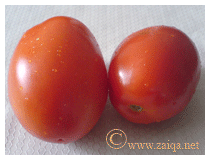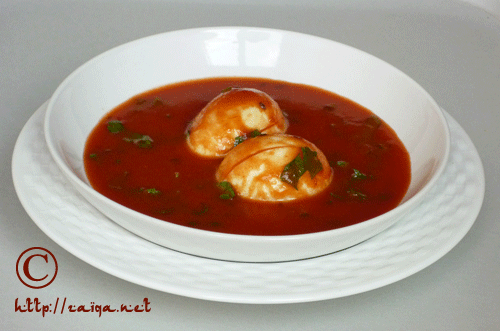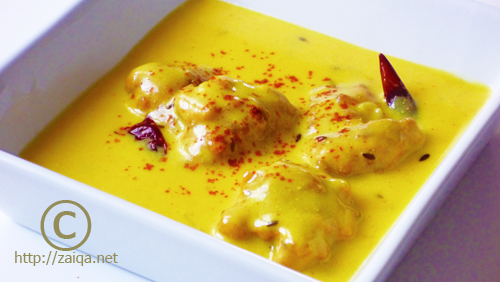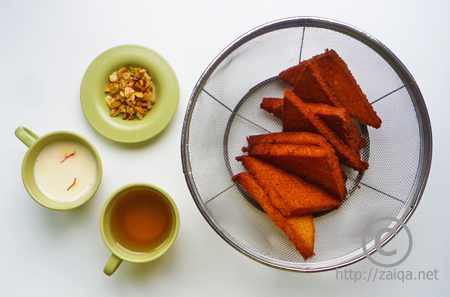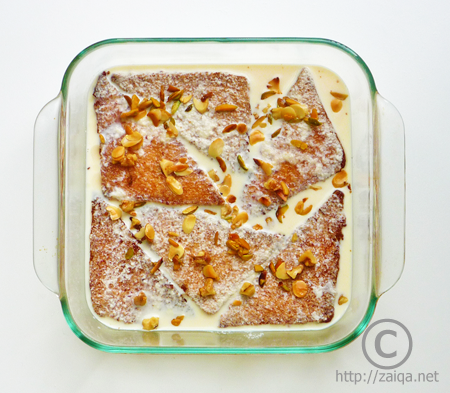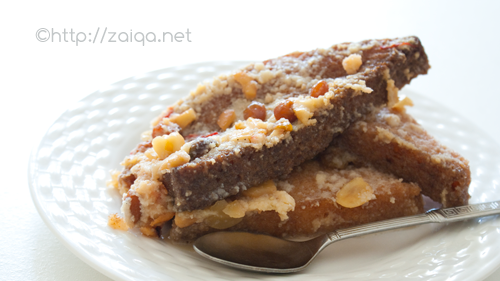Khushka is Plain Basmati Rice. The word Khushka comes from the term ‘Khushk‘ in Urdu, which means Dry, or Plain. Khushka is also called as Saada Chawal in some households, which means Plain Rice. The rice is lightly salted while boiling and drained. The procedure is very simple, and it is as the name says about it, a plain basic rice which can be had along with any side dish.
Having this Rice while it is warm is so comforting, but if you wish to serve it later and want to prepare it ahead of time, just microwave reheat the cooked rice covered for 1 or 2 minutes adding a few drops of water in a microwave safe bowl. You can store left over rice in a microwave safe bowl for easy reheating in the refrigerator for up to 3-4 days. It stays good and is as good as fresh when reheated in a microwave just before having it.
Khushka – Basmati Chawal (Plain Basmati Rice)
Serves – 4
Ingredients:
Long grained white rice – 2 cups
Water
Salt – 2 tsp
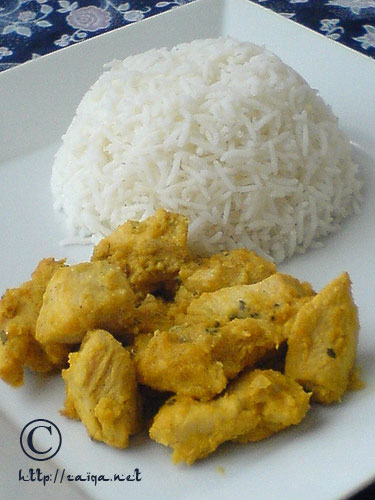
Hyderabadi Khushka,
served along with a dry chicken curry
Method:
1. Wash the rice well and soak it in 4 cups of cool fresh water for about 10-30 minutes.
2. Meanwhile, in a large saucepan, pour in 5 cups of fresh cool water and add the drained rice and salt. Mix well. Bring it to a boil, then simmer, uncovered until the rice is done. Keep checking if the rice is done, take a few grains from the boiling water and press between your thumb and index finger if the rice is soft, or taste a few grains for softness. Do not overcook the rice and make it mushy.
3. Once the rice is done, close the heat and drain off all the water in a wire mesh strainer in your sink and return the rice back into the saucepan. Working quickly, clean the sides of the pan with a rubber spatula and level the rice properly. Cover with a lid, and leave it for 5 minutes to finish cooking on dum (till a nice steam has been formed). Serve it hot, or you can even have it later.
I am so happy to recieve the Nice Matters Award from the beautiful sisters Zainab and Hameeda, of Arabic Bites.
“Nice Matters Award is for those bloggers that are just nice people , good blog friends and those that inspire good feelings and inspiration! Those that care about others that are there to lend support or those that are just a positive influence in our blogging world!

Thank You Guys! This is my very first award, and I’m delighted to receive it. If I didn’t have to send it to only a few of the selected bloggers, I would have sent this award to each and every blogger in the blogging world, as each one of us are so dedicated to our love of sharing our knowledge across places. HoweverIi had to cut short the list, so, I choose to pass on this Award to Asha, Amna, Lubna, Daagh, Sailaja, Indira, Priya, Jai and Bee, Meena, Nabeela, Rahin, Seena and MJ. Everyone of you all bloggers are deserving for this award and very nice.
Luv,
Mona
